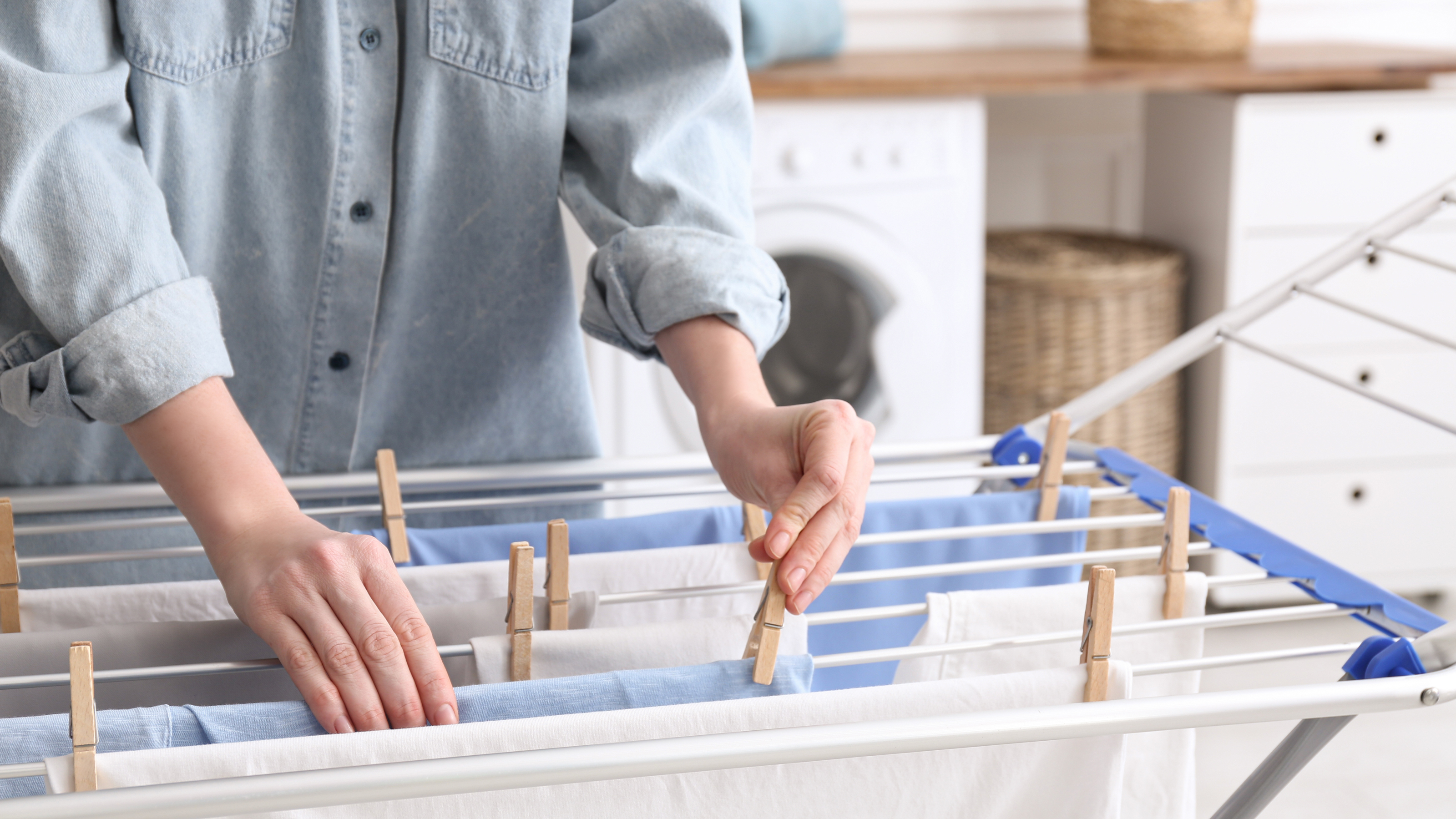
Learning how to dry clothes without a dryer can come in handy, and not just for when your tumble dryer is broken. Air drying clothes is better for your wallet, the environment – and for your clothes. Even the gentlest cycle on your tumble dryer is not as gentle as air, and some fabrics just shouldn't be tumble dried, ever.
So, knowing how to dry clothes without a dryer is an important part of learning how to do laundry correctly. Laundry experts with many years of experience agree – and give their advice on how to do this correctly.
How to dry clothes without a dryer: understanding humidity
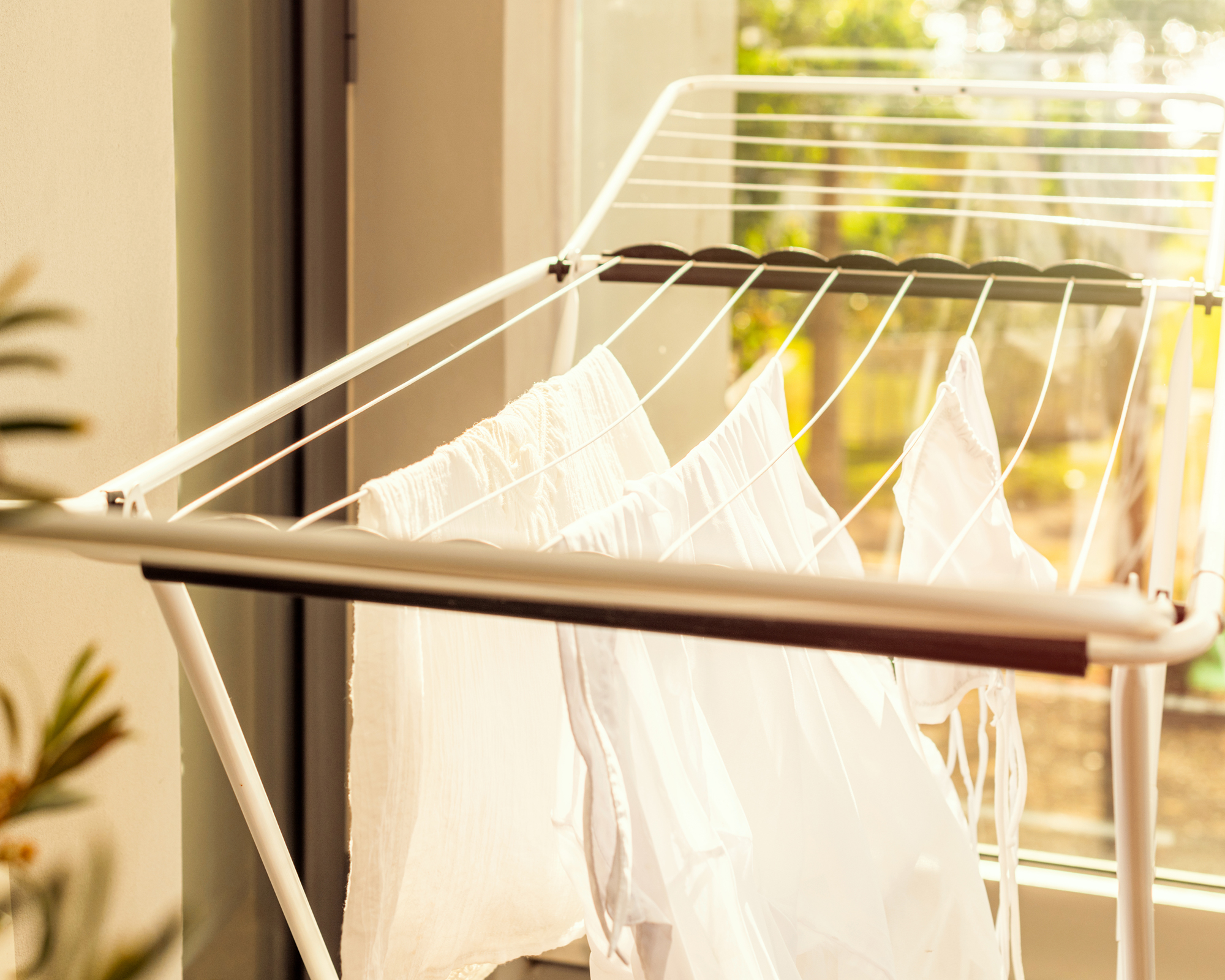
It may seem obvious: you just take your clothes out of the washer and hang them up, right? Well, basically, yes. Wayne Edelman, CEO of Meurice Garment Care and expert in all things dry cleaning, at-home cleaning, and taking care of clothes with over 50 years of experience, points out that 'clothes, like any other item, will dry naturally without a dryer, but the rate of drying is affected by temperature, humidity, and air movement.'
Why is this important? Wayne cautions that while 'clothes can be hung to dry inside or outside, it's important to remember that if you live in a very humid climate you can only remove as much moisture as related to the relative humidity.'
If you live somewhere where outdoor humidity is, say, at a constant 80 percent, your clothes will take a good while to dry and may smell musty.
Indoors, high humidity is even more of a problem. Of course, as Wayne says, 'drying clothes indoors will aid a very dry living space by transferring the moisture to the ambient air in the living space.'
However, if your indoor space 'is poorly ventilated, and is humid to begin with, you may find that 'continual indoor drying in these conditions may lead to moisture/mold problems.'
Not only are you likely to experience mold on surfaces inside the room, but (ghastly but true) mold can even begin growing on your clothes.
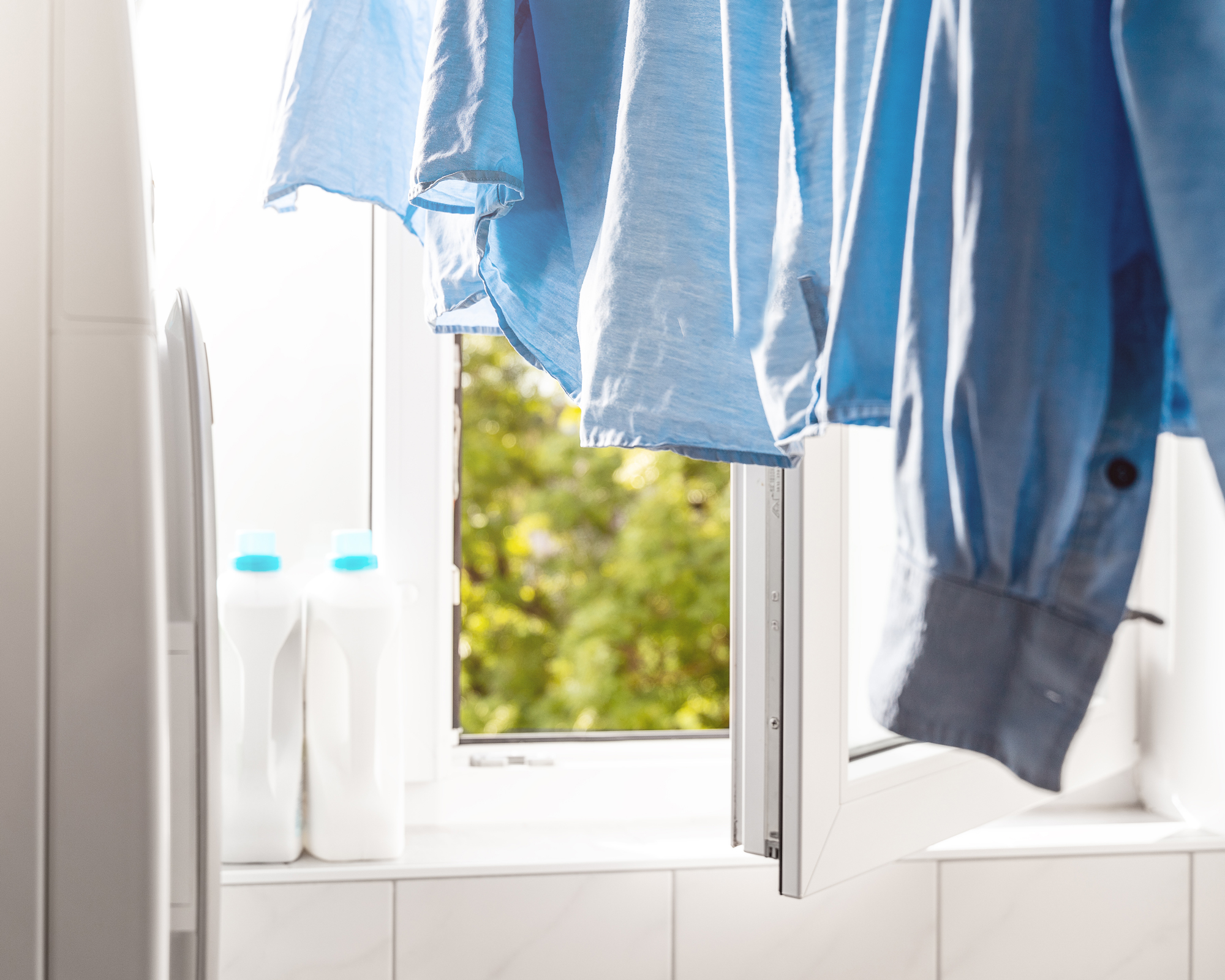
What are the solutions for drying clothes without a dryer in humid environments? Wayne's point is that simplest one is by increasing ambient airflow in the room, 'for example by introducing airflow by using a fan.'
You're aiming for increased ventilation, so opening a window is always a good idea in the room you're drying your clothes in. Cathy Abraham, home blogger and cleaning and organization specialist at Everything Better, also says that using a portable heater to help dry your clothes 'can be incredibly helpful: 'the heater should be kept 2-3 feet away from the clothes.'
'Run the heater for 3-4 hours with the door closed. Then switch it off and put on the ceiling fan at a low speed in the reverse direction to circulate the warm air.'
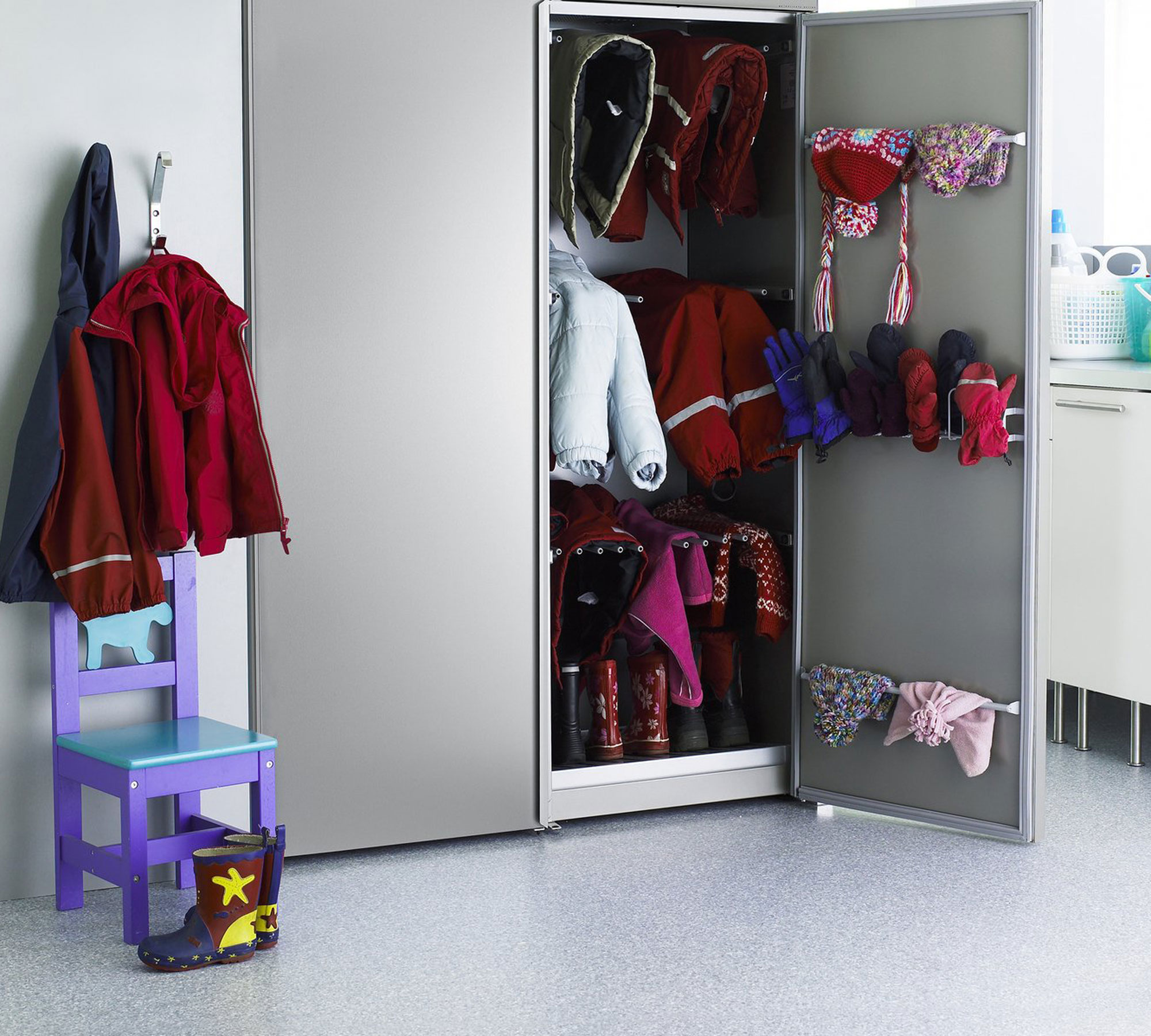
Another great aid for drying clothes without a dryer is a dehumidifier. The best dehumidifiers have settings specifically for air-drying clothes. You may find it necessary to run the dehumidifier in the room with the laundry for many hours, or even overnight, so choose a low-energy device to keep your bills in check.
You may also consider investing in an electric clothes dryer, or even a freestanding clothes drying cabinet that can slot into your bedroom wardrobe.
The electric dryers can be bought relatively cheaply, while the drying cabinets can run into the thousands. You'll also need to consider the running costs. It may make more sense to just invest in the best tumble dryer for that kind of money.
How to dry clothes without a dryer: line drying
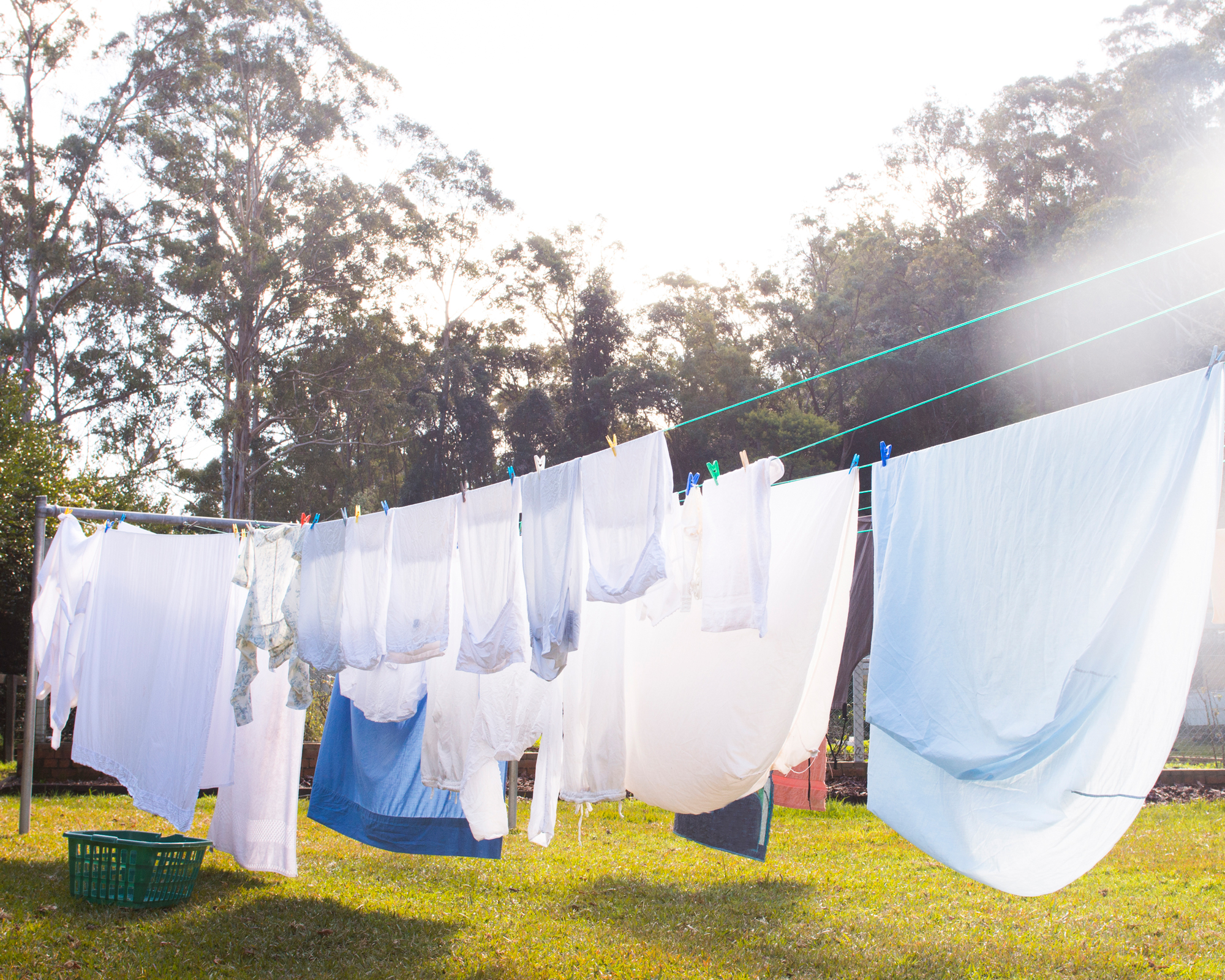
Line drying is common in many parts of the world, although it obviously works best in climates with plenty of sunshine and no excess humidity. In fact, even a dry day without any sun is good for line-drying your clothes. And if you are drying dark clothes, keeping them out of direct sunlight is preferable anyway, to prevent the colors from fading.
To prevent your clothes from getting blown away, you'll need to peg them to the drying line. Always peg pants by the hems not waistbands, and shirts and sweaters upside-down – otherwise, the pegs will leave marks on the shoulders. Towels and sheets should be pegged at the corners, for the same reason.
Never line dry delicate items made from silk or wool/cashmere: these should be dried flat, indoors.
What is the fastest way to dry clothes?
There's a simple answer to this question: clothes will dry faster in a warm environment with low humidity. As Wayne explains, 'air temperature and humidity have a direct effect on drying rates. Warm dry air will dry items faster than cool humid air.'
This rationale will affect how you dry your clothes depending on the season. It makes much more sense to line-dry your clothes in your backyard on a dry, warm day in the summer than it does in the fall or winter. A nicely heated indoor room in the winter is your best bet for drying clothes fast.
Don't bother with using a hairdryer to dry your clothes: this will take ages and will use too much energy (and your effort) than is worth it.
Do clothes dry in cold air?
But what about the situation where it's cold outside, and you're air-drying your clothes indoors? If you open the window in this case, will your clothes dry in the cold air that comes in, or is it best to keep the window shut?
Lisa Daniels, Managing Editor of Own The Winter, advises that 'clothes can dry in cold air, but warm air dries them faster. If it's raining or snowing outside and you need to dry your clothing indoors, hang them near a window or a vent.' Air circulation, even if it is cold air, will still help your clothes dry faster.
Join our newsletter
Get small space home decor ideas, celeb inspiration, DIY tips and more, straight to your inbox!
Anna is a professional writer with many years of experience. She has a passion for contemporary home decor and gardening. She covers a range of topics, from practical advice to interior and garden design.
-
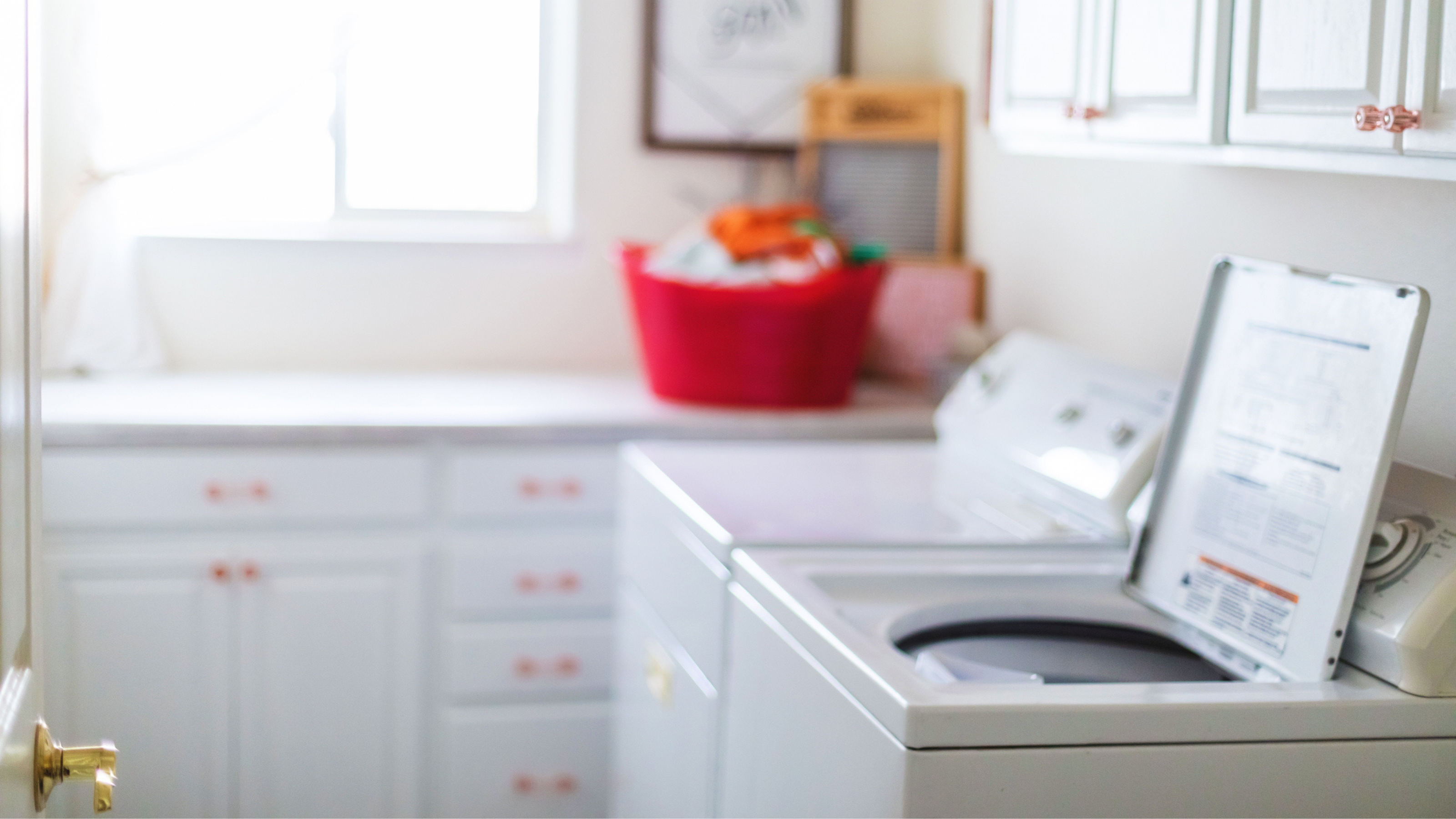 How to clean a top-loading washing machine in four easy steps
How to clean a top-loading washing machine in four easy stepsCleaning The easiest steps and best products to clean a top-loading washing machine
By Punteha van Terheyden Published
-
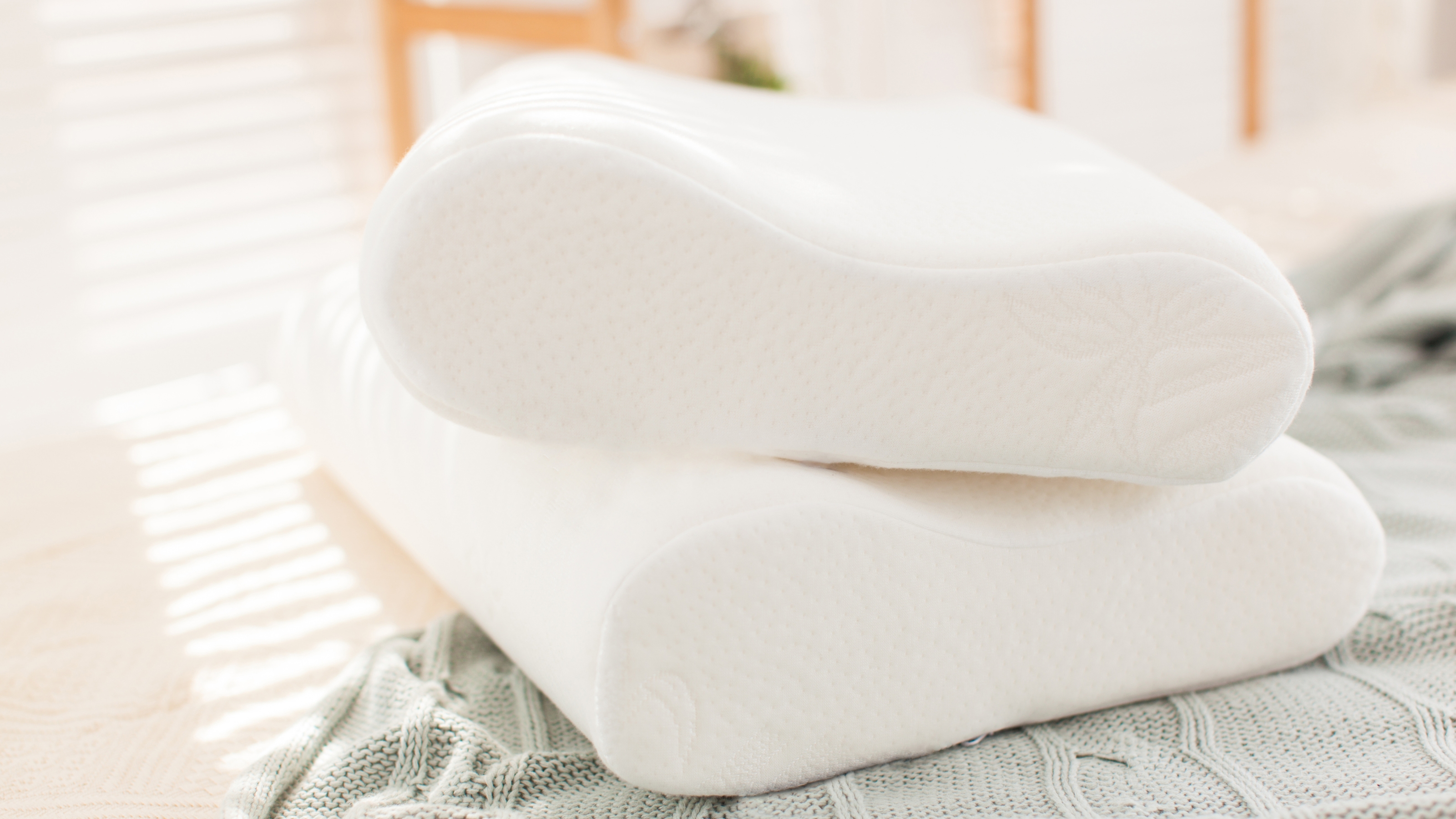 How to clean memory foam pillows — 4 steps to refreshing yours at home
How to clean memory foam pillows — 4 steps to refreshing yours at homeIt's time to clean memory foam pillows the right way with some expert advice. Sleep easy with this simple step-by-step guide to get yours fresh
By Andy van Terheyden Published
-
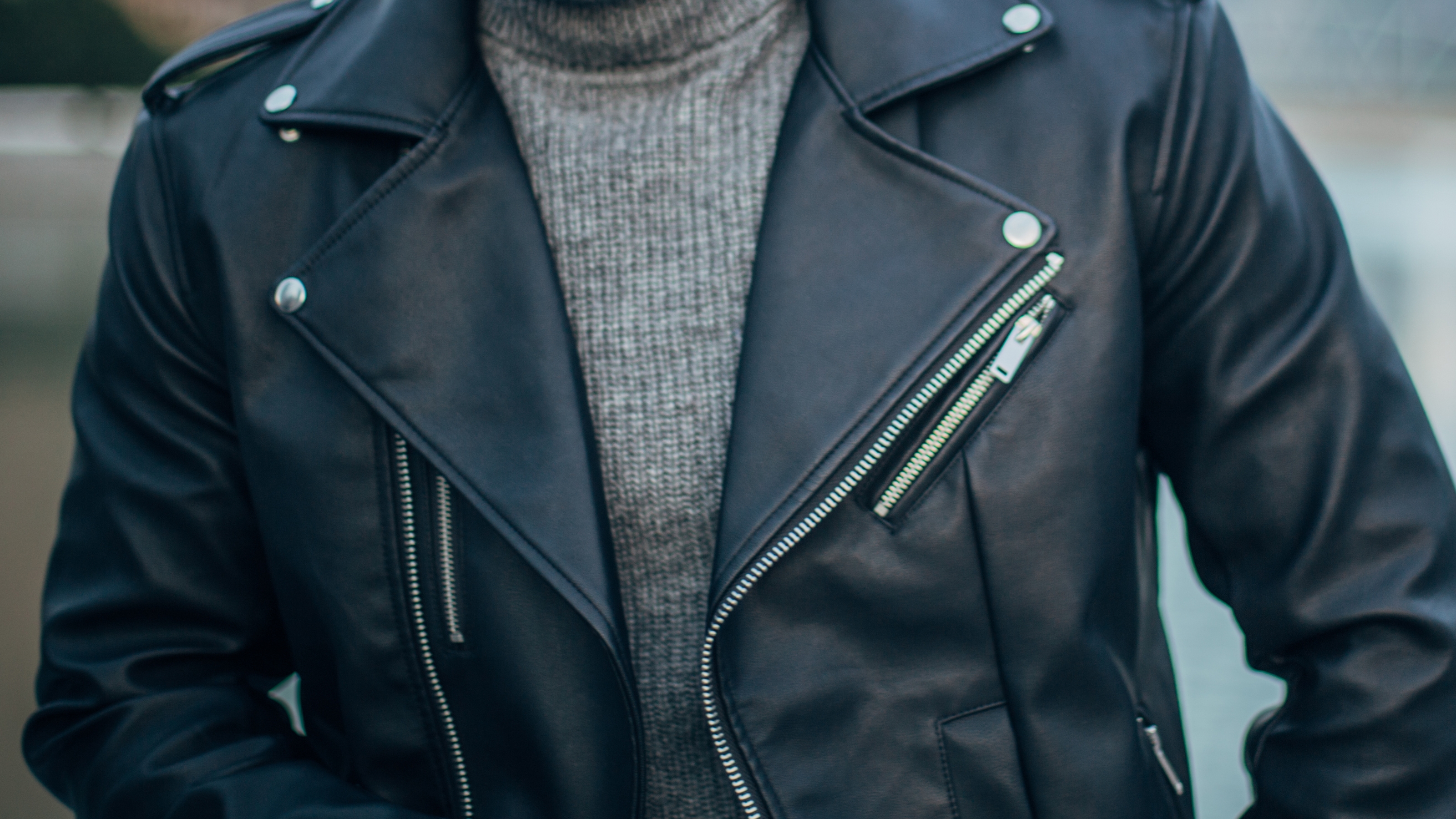 How to clean a leather jacket without dry cleaning
How to clean a leather jacket without dry cleaningOur experts break down the best ways to clean a leather jacket at home without damaging the material and dish the best DIY cleaning tips and solutions
By Emily Lambe Published
-
 How to wash feather pillows to keep them fluffy and full
How to wash feather pillows to keep them fluffy and fullLearn how to wash feather pillows at home with our expert cleaning tips. Avoid damaging the feather filling to ensure they stay fluffy and full
By Emily Lambe Published
-
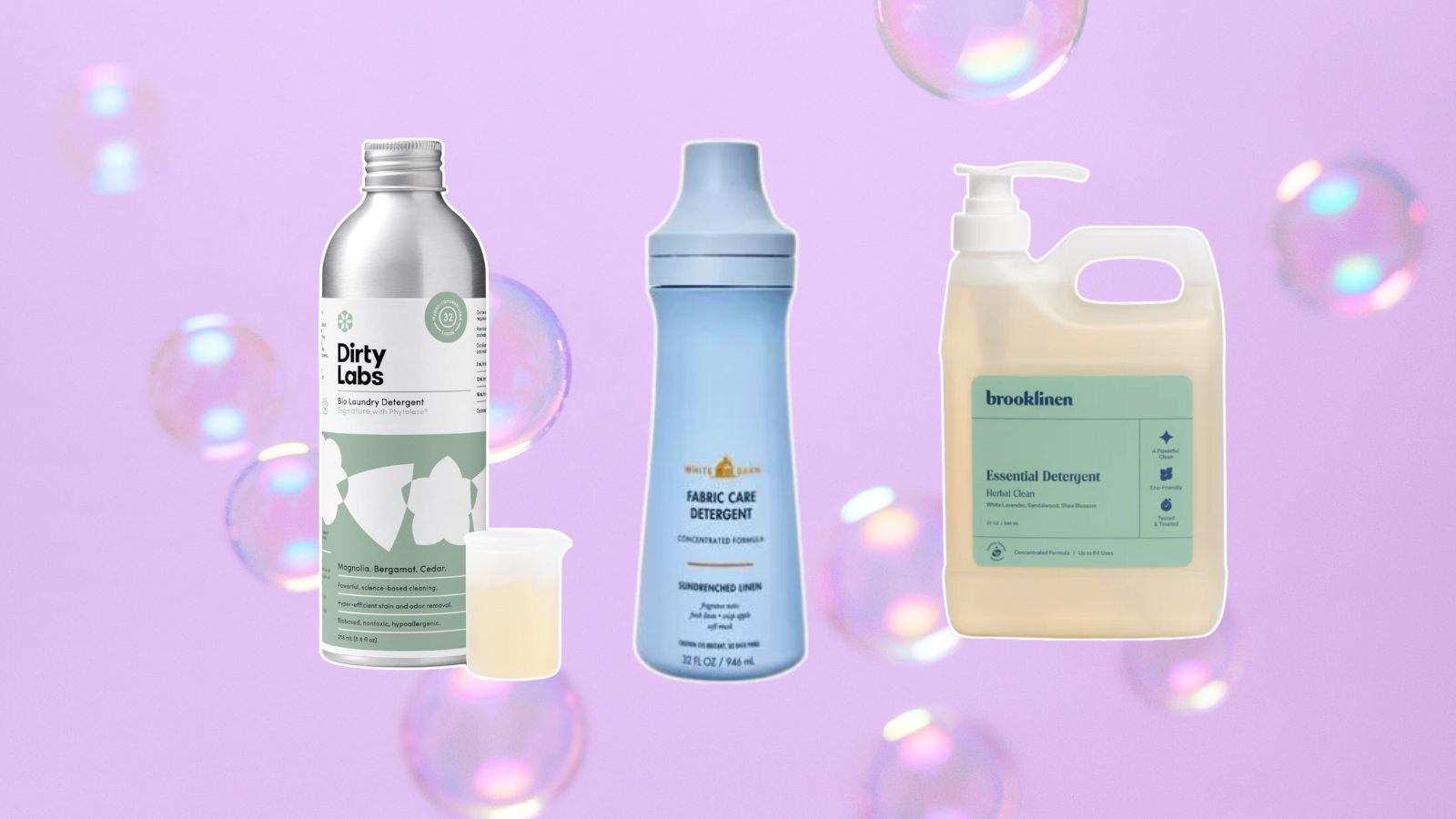 Luxury laundry detergent picks under $30 — including amazing scents and eco-friendly options
Luxury laundry detergent picks under $30 — including amazing scents and eco-friendly optionsLuxury laundry detergents include cleaners, home fragrances, and some eco-friendly ways to make laundry more exciting. We found fun selections for under $30
By Danielle Valente Published
-
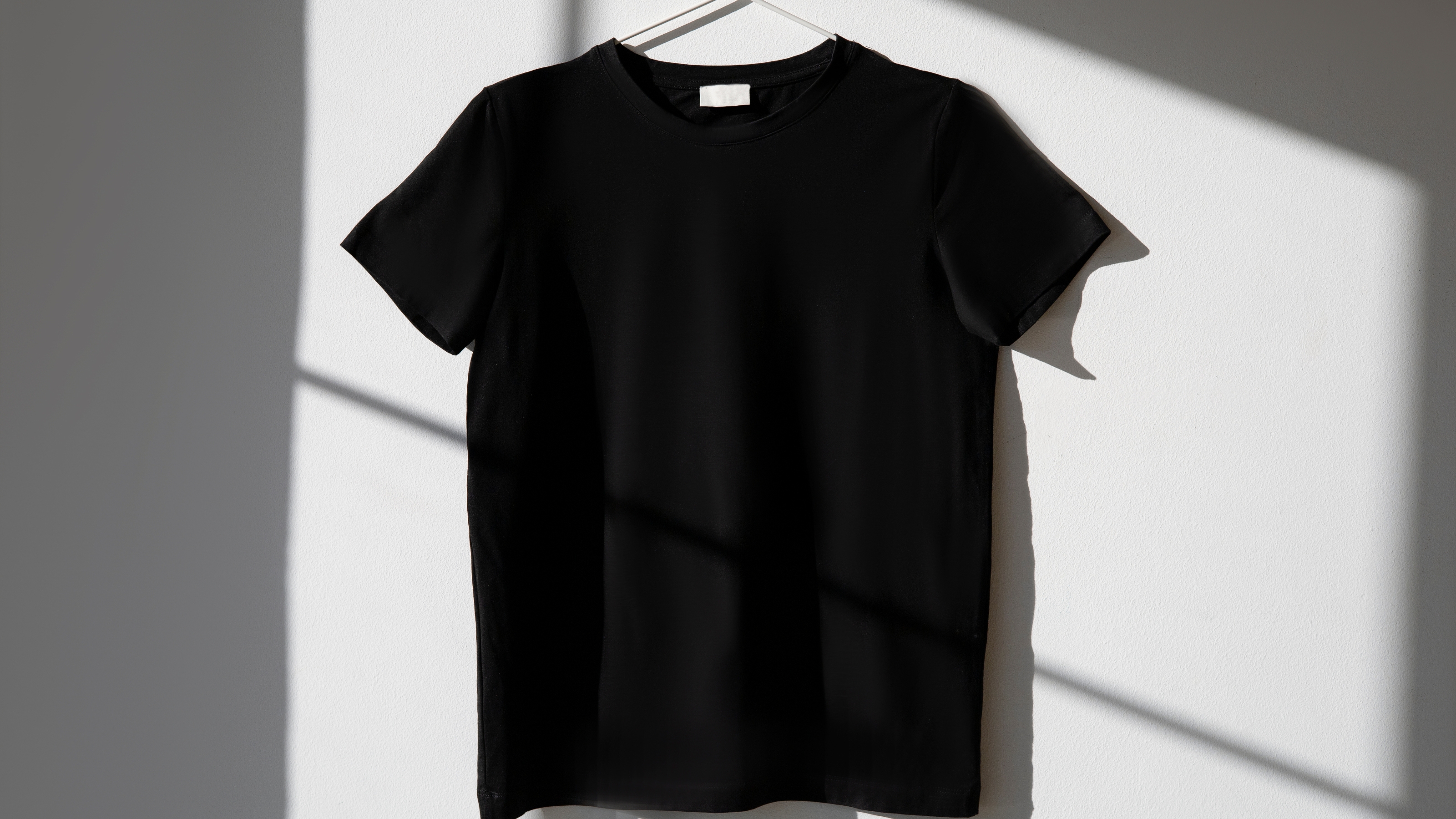 How to wash black clothes and stop them from fading
How to wash black clothes and stop them from fadingSee how to wash black clothes to prevent them from fading with our expert advice. Your darks will look as good as new
By Emily Lambe Published
-
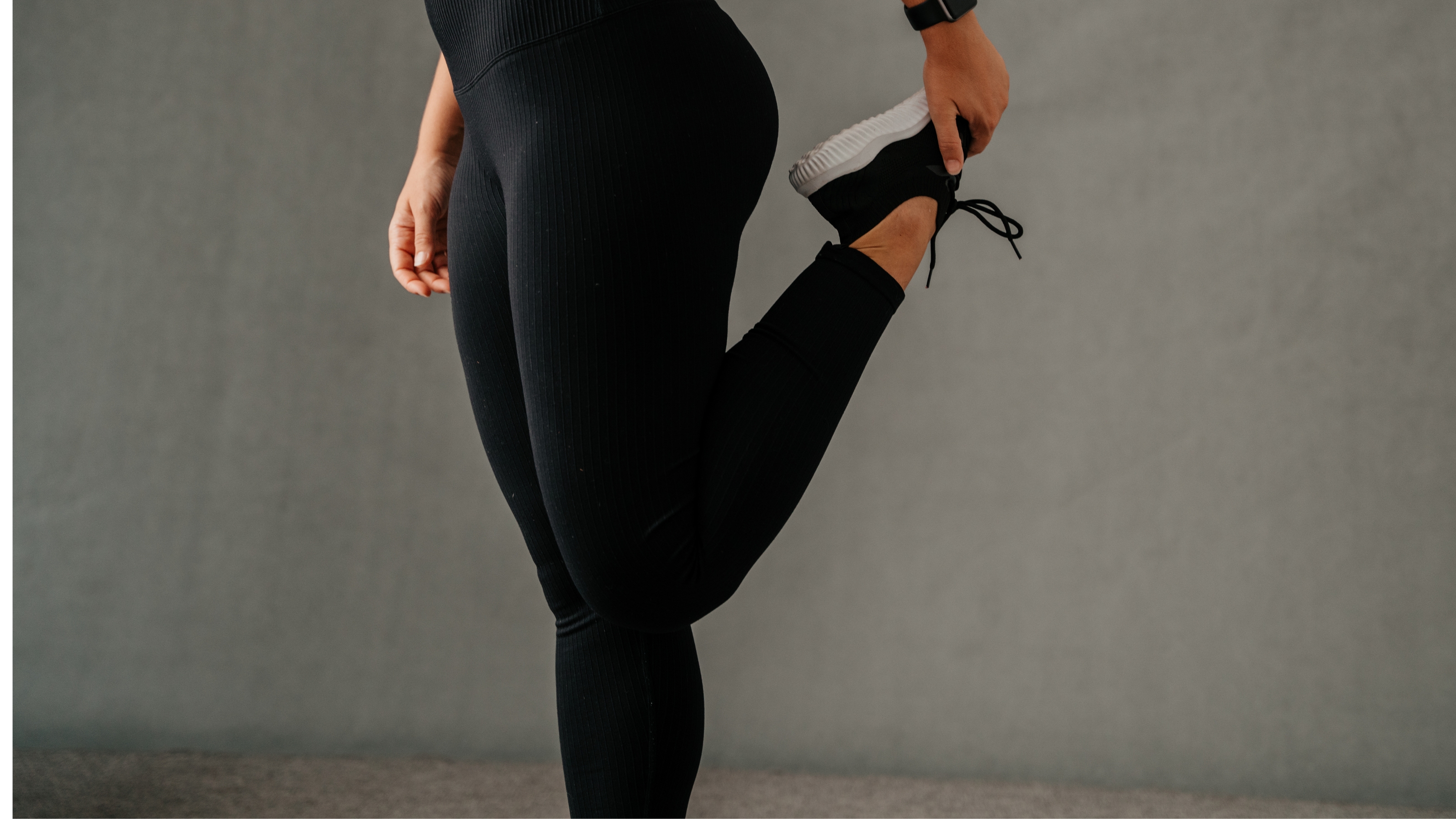 How to wash polyester in a washing machine
How to wash polyester in a washing machineWe asked the experts how to wash polyester without shrinking or damaging the material. Keep your gym clothes fresh and odor-free
By Emily Lambe Published
-
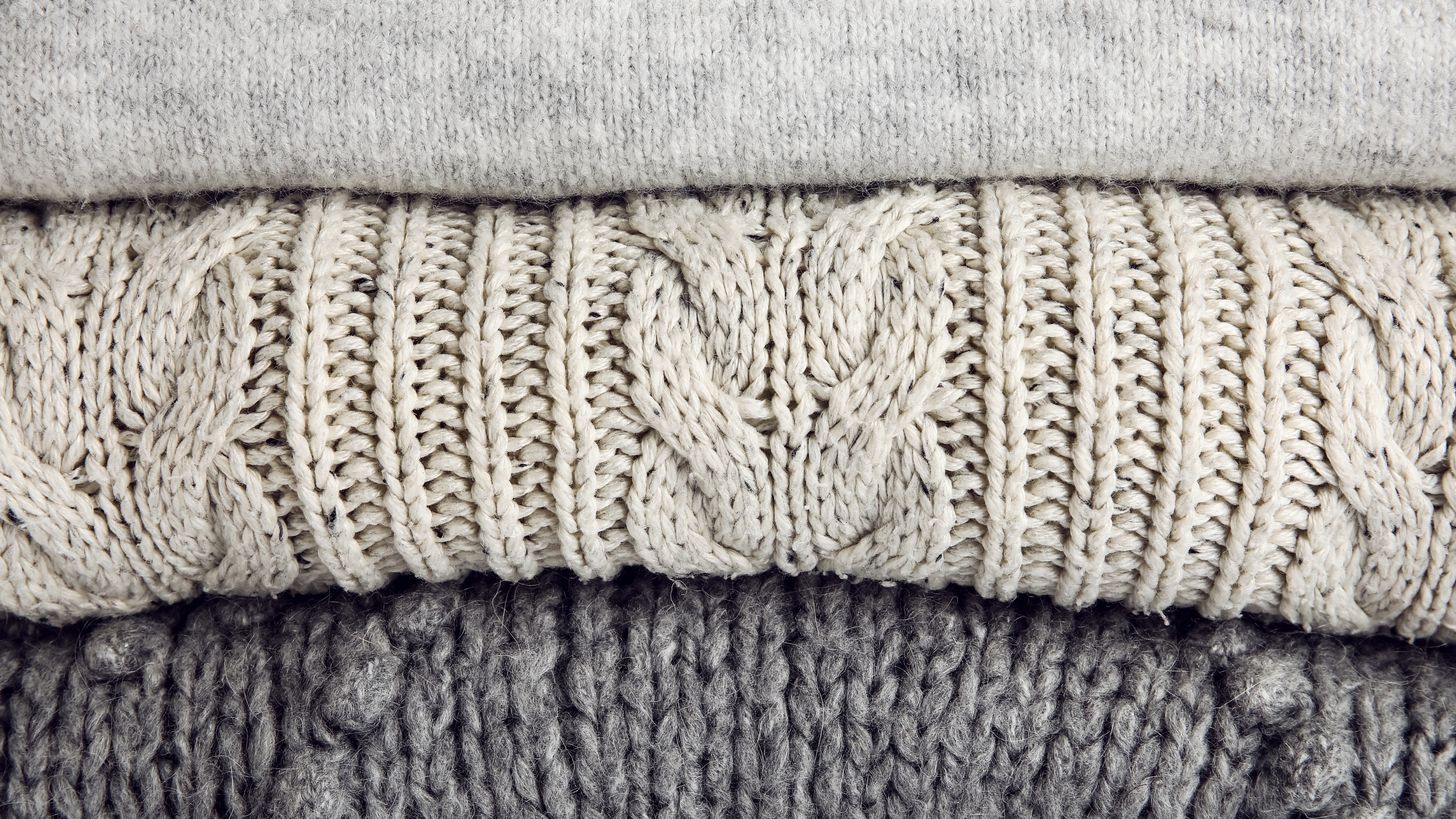 How to wash Merino wool to keep it soft and fresh
How to wash Merino wool to keep it soft and freshSee how to wash Merino wool by hand and in the washing machine to avoid shrinking or damaging the fine material at home
By Emily Lambe Published